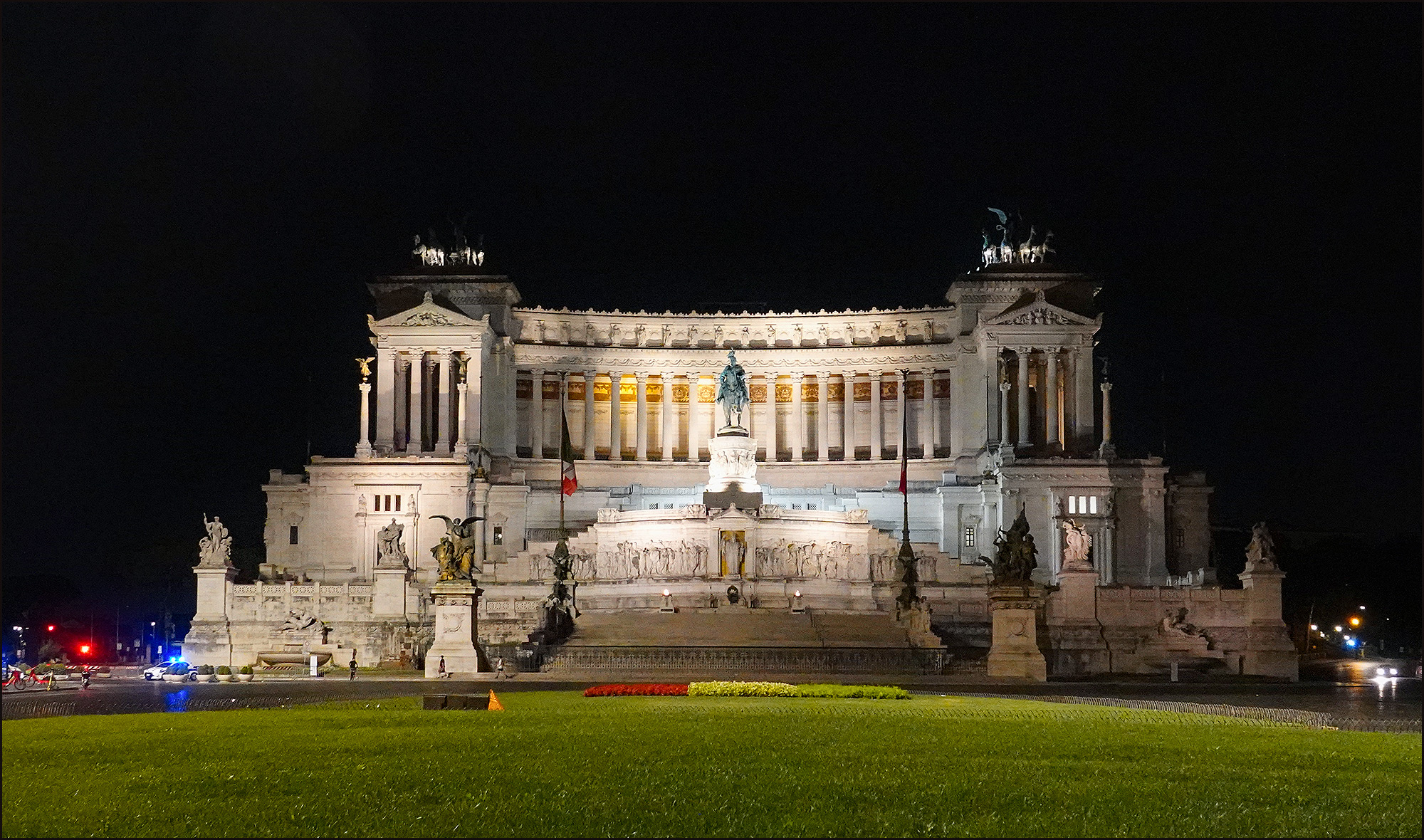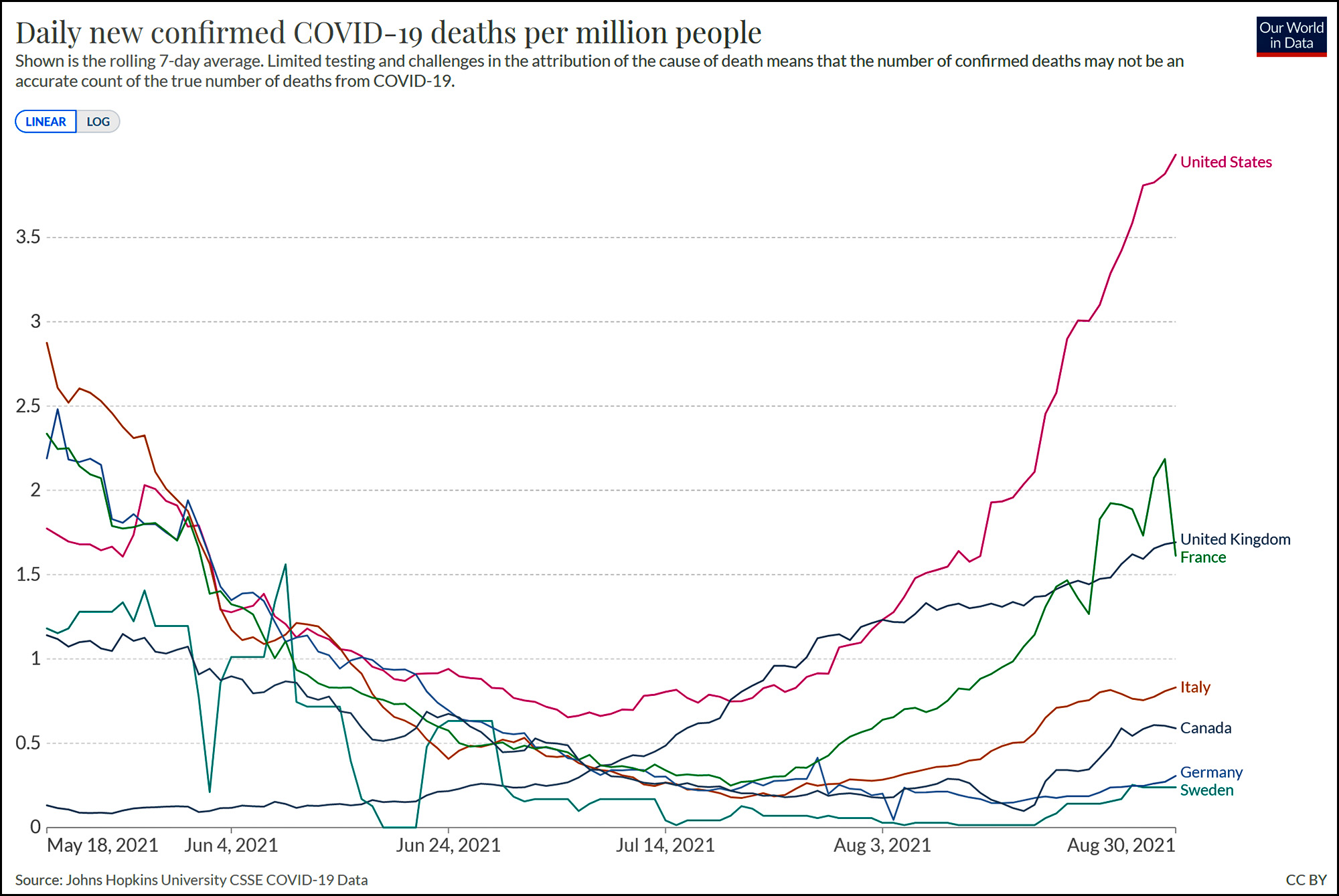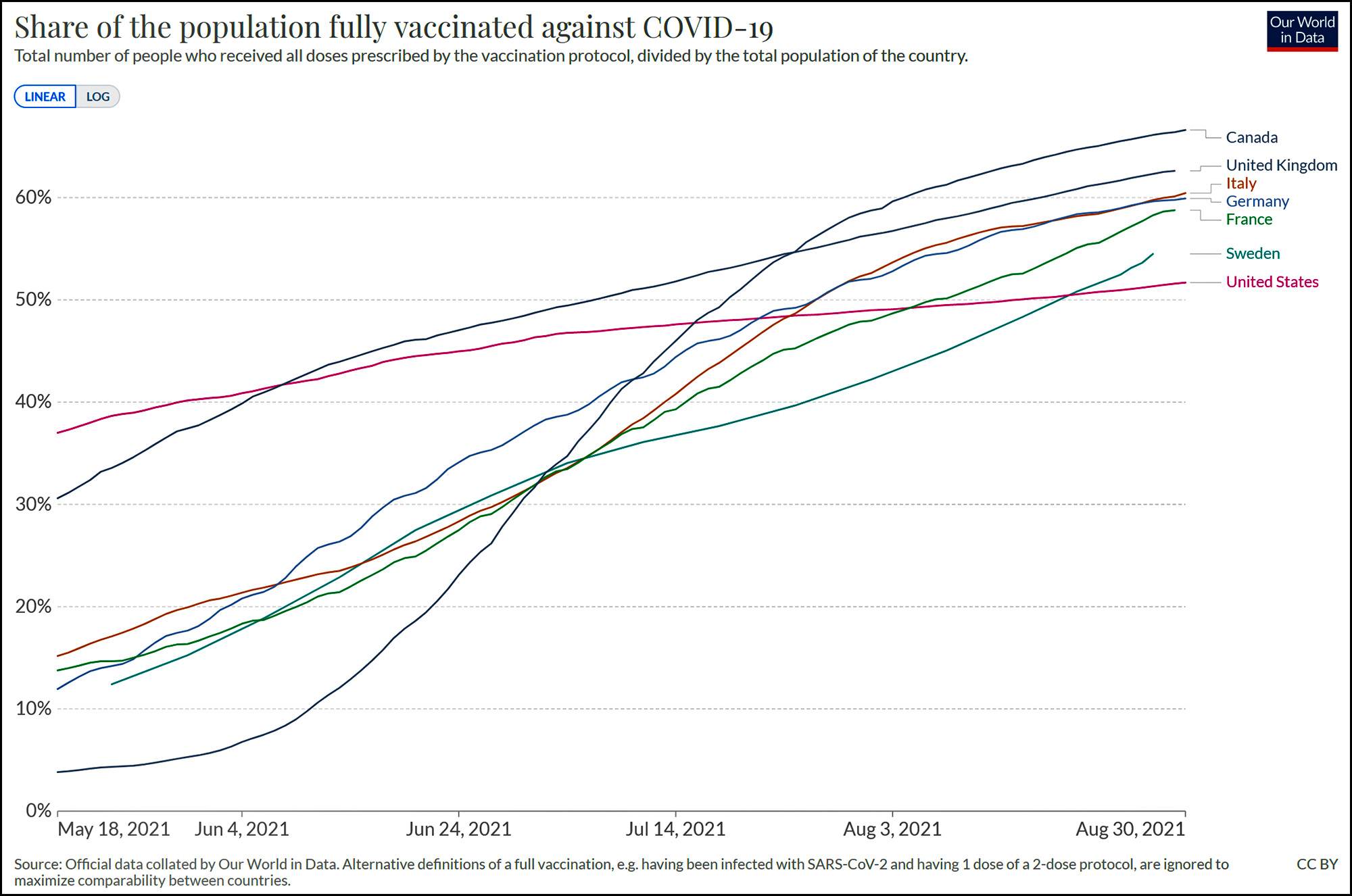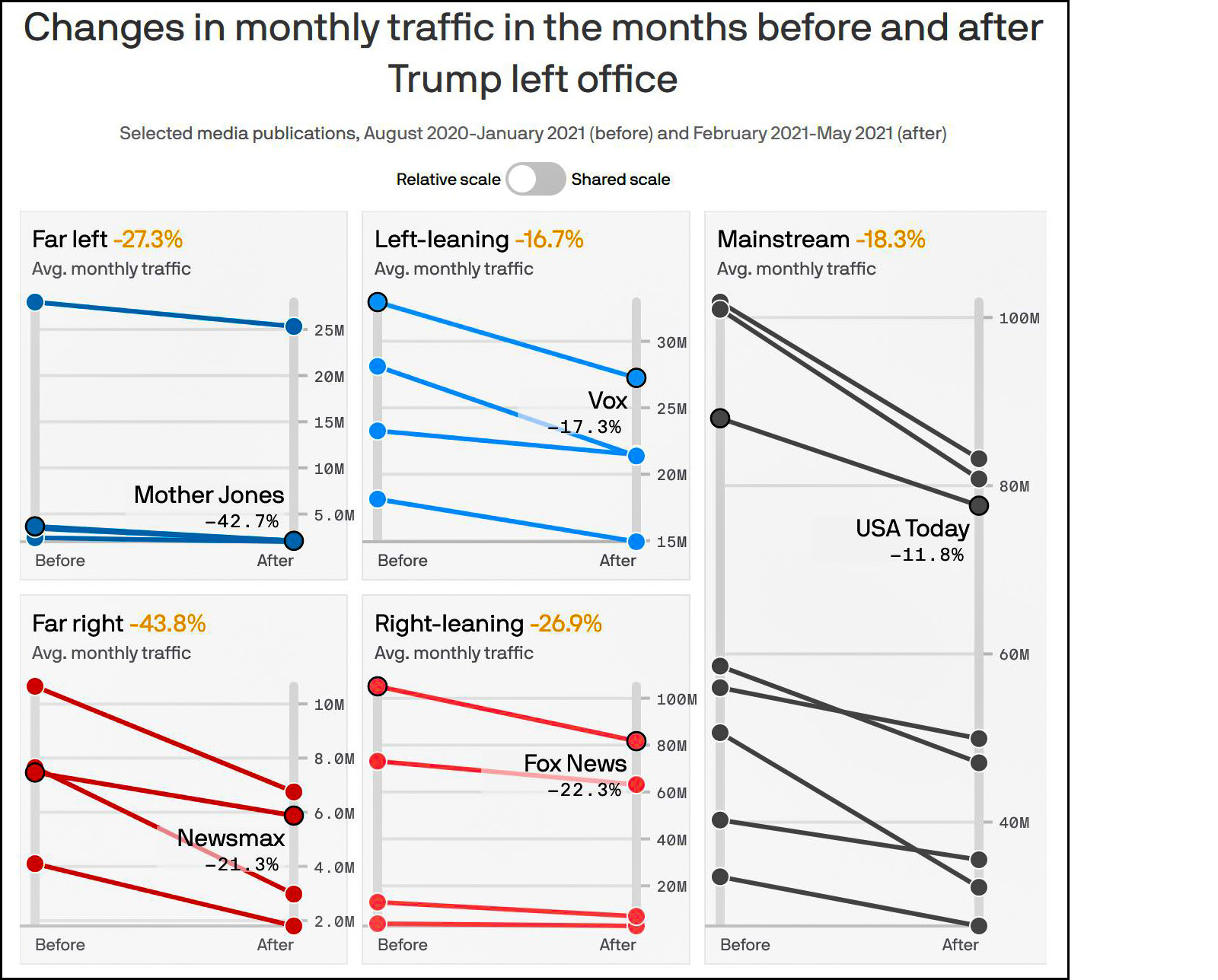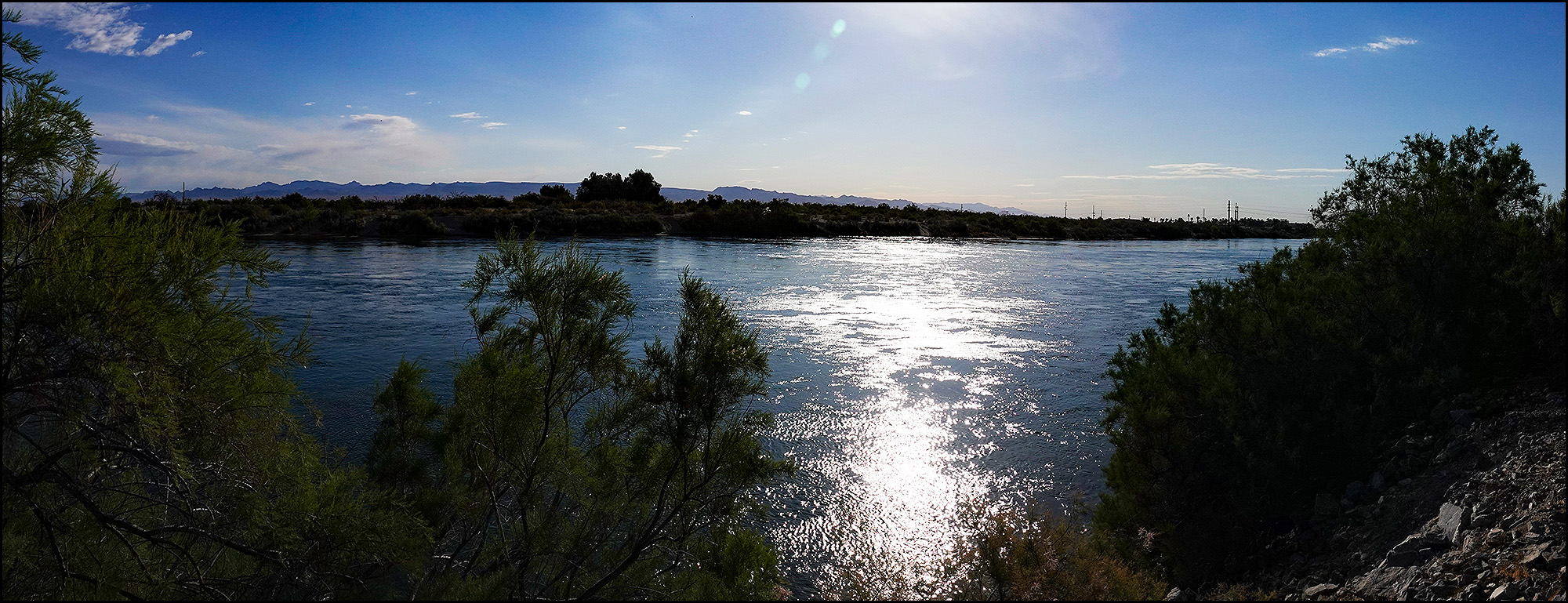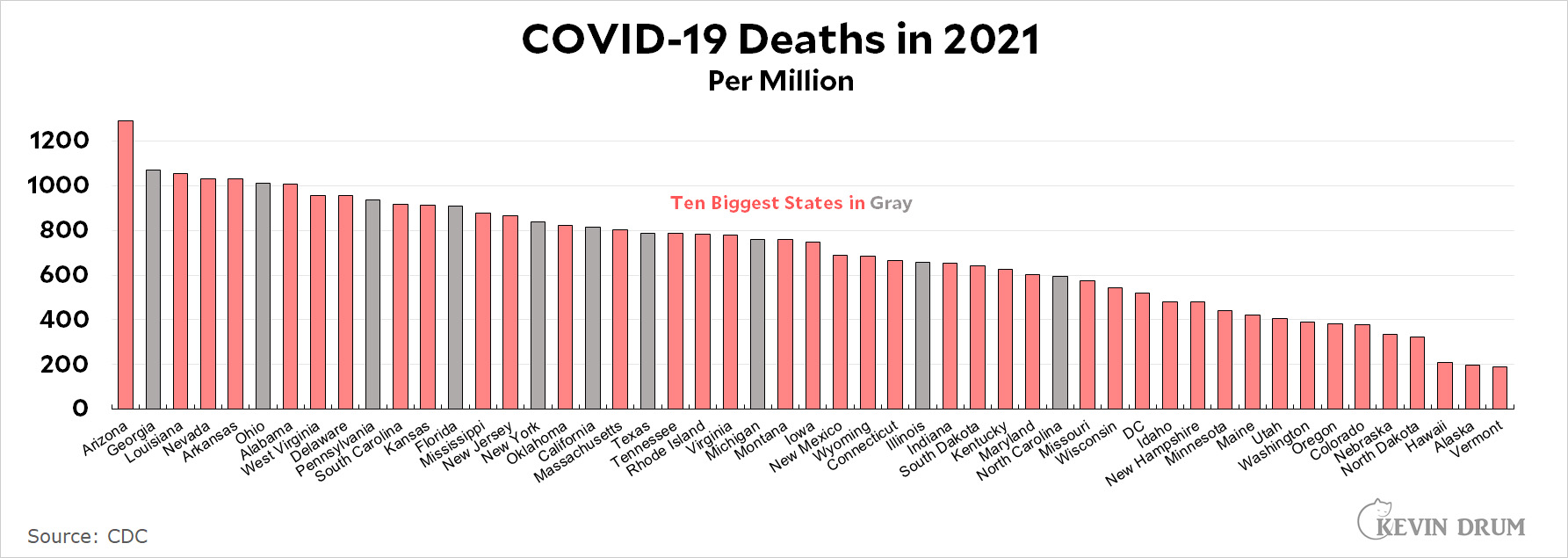NOTE: I decided to rent the Nikon combo for a week and give it a try. This is kind of pricey, but it seemed worth it. I might as well find out for sure how good it is.
I mentioned yesterday that my beloved Sony RX10 is kaput. There are no local repair options, and the authorized repair center has quoted a minimum price of about $400.
So should I get it repaired? Or should I consider a different camera? It's been three years since I bought the Sony, after all, and there's new stuff on the market. Let's see what the hive mind thinks.
But first, an absolute requirement: Whatever camera I get, it will come with a superzoom lens. I know that lots of people think these are toys, but I don't care. The fact is that lots of superzooms are pretty sharp these days, and I've just flatly given up on carrying around a bag with a bunch of separate lenses. The slight difference in quality is more than made up for by the fact that a superzoom allows me to catch lots of pictures that I wouldn't if I had to change lenses all the time.
Anyway, don't bother trying to talk me out of this. The question I'm pondering boils down to these three options:
- Get the Sony repaired.
- Use my old Lumix for a while until Sony releases the next version of the RX10, supposedly scheduled for later this year—with an accent on "supposedly."
- Buy an entirely new APS-C camera and a separate superzoom lens.
The third option is the one I'm currently fixated on. But which one? Given my price range, I'm currently looking at the Nikon Z50 along with the Nikon 18-300mm lens. Here are the pros and cons:
Pros
Much, much better ergonomics. Sony cameras have legendarily crappy controls, and even after three years I still get frustrated with the controls on the RX10. It's inexplicable, really.
The Z50 uses an APS-C sensor, which is much larger than the 1-inch sensor in the Sony. This provides better low-light performance, shallower depth of field when I want it, and better resolution if I create big enlargements (which I do).
The lens is interchangeable. I know I said I didn't want this on a routine basis, but I wouldn't mind having an ultra wide-angle prime for occasional use. Nikon makes a decent 10-20mm lens at a surprisingly low price.
It's a little smaller and lighter than the Sony. Oddly enough, I'm not actually sure if I prefer this. I'm just enough of a snob to like the idea of hauling around a camera that looks and feels like an old-school SLR.

Cons
I'm not an absolute stickler for lens quality, but neither do I want a piece of junk. Unfortunately, I've not been able to get a firm idea of just how good the Nikon 18-300mm is.
Fixed lens cameras allow you to zoom using a small knob around the shutter button. This is handy! Bigger cameras don't support this, so you have to zoom manually using the zoom ring on the lens. It's been a long time since I've had to do this, but I suppose I'd get used to it again pretty quickly, wouldn't I?
The zoom range of the Nikon lens is smaller than the zoom range on the Sony. In 35mm terms, it's 27-450 vs 24-600. This isn't a huge deal, but still, more is better.
That's about it. The retail price of the Nikon + lens is about the same as the Sony, but then again, I can get the Sony repaired for about a quarter the price. Beyond that, there are specific features here and there that favor one camera over the other. Most of them favor the Nikon, but not all, and none of them are deal breakers.
So . . . what to do? What to do?
